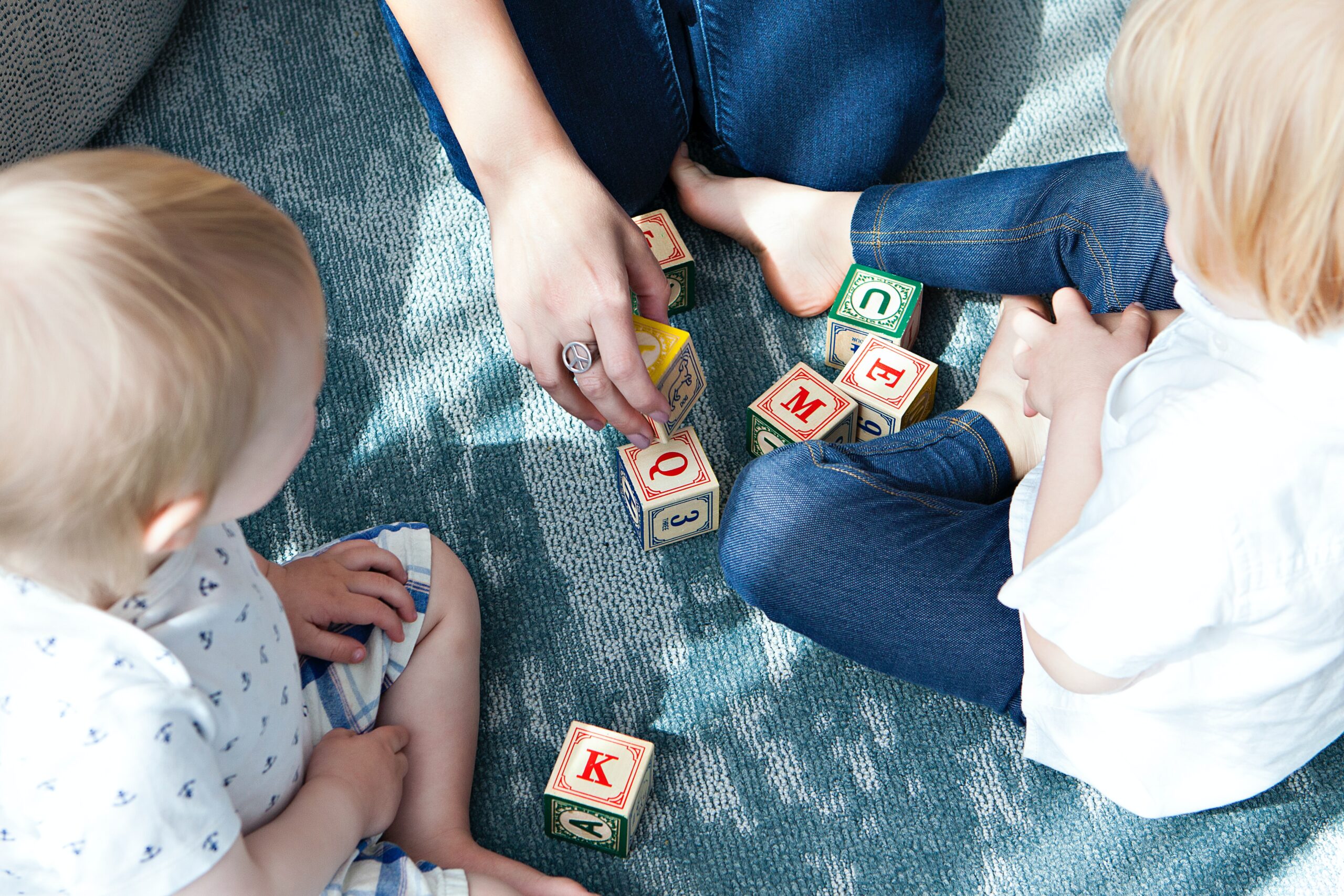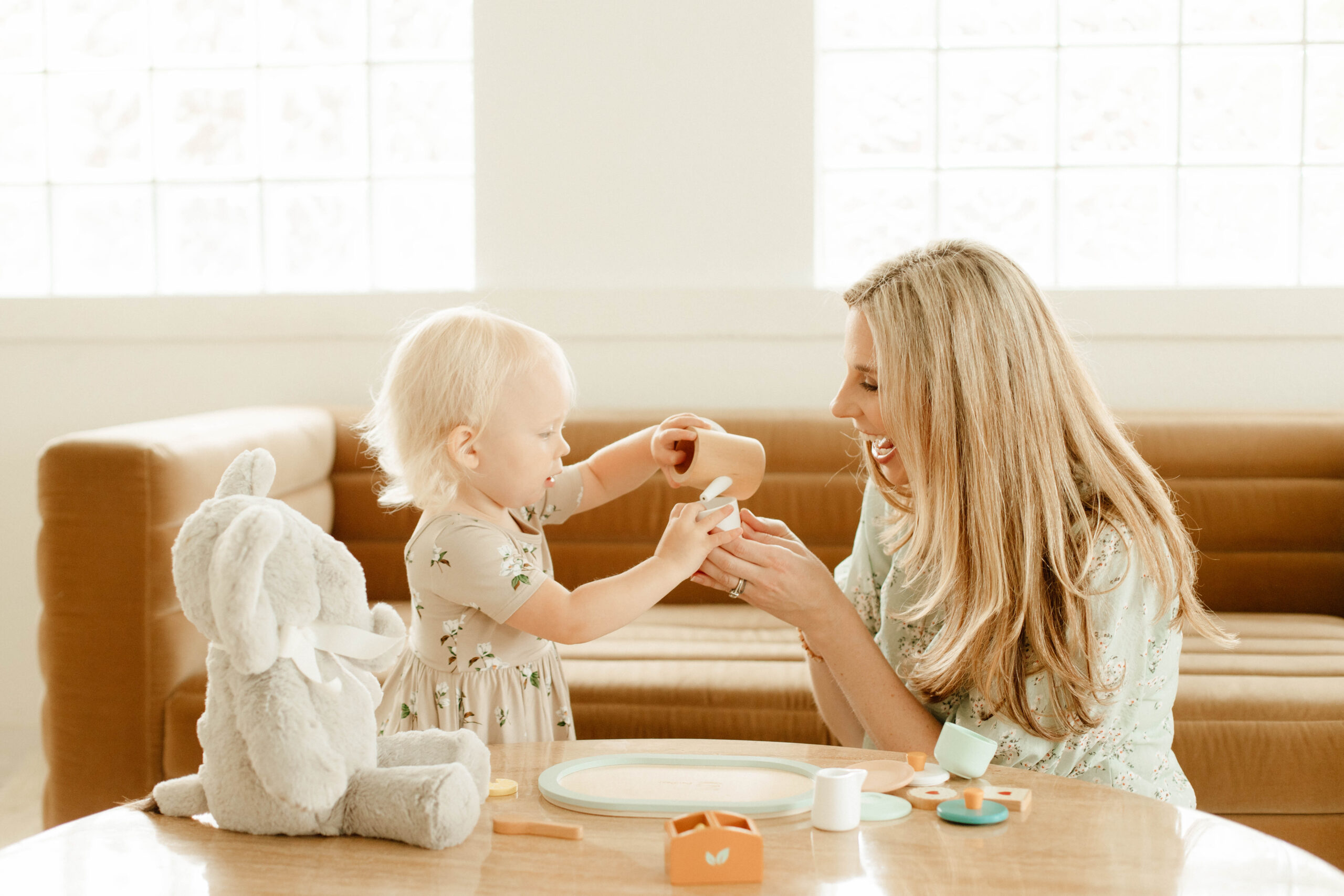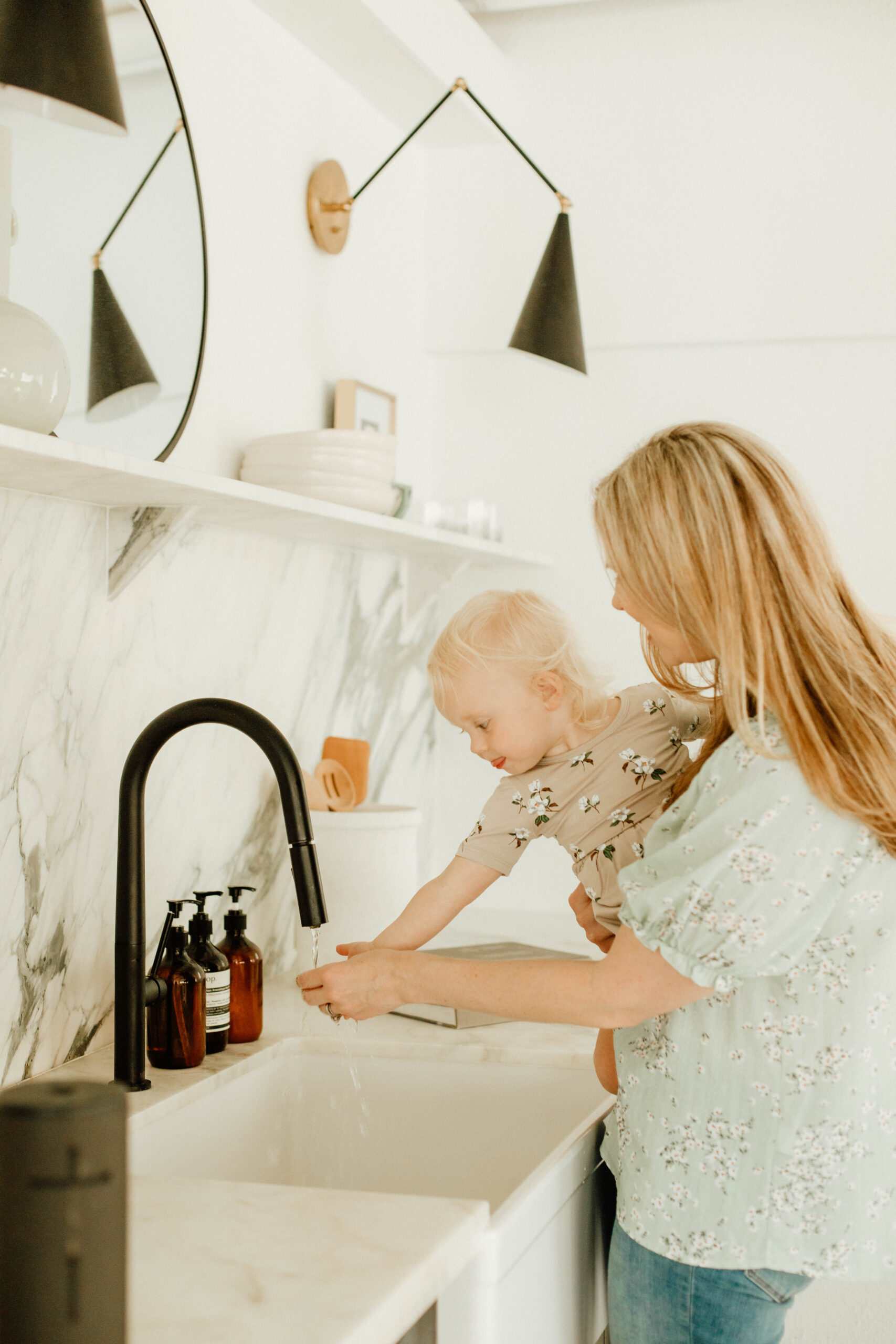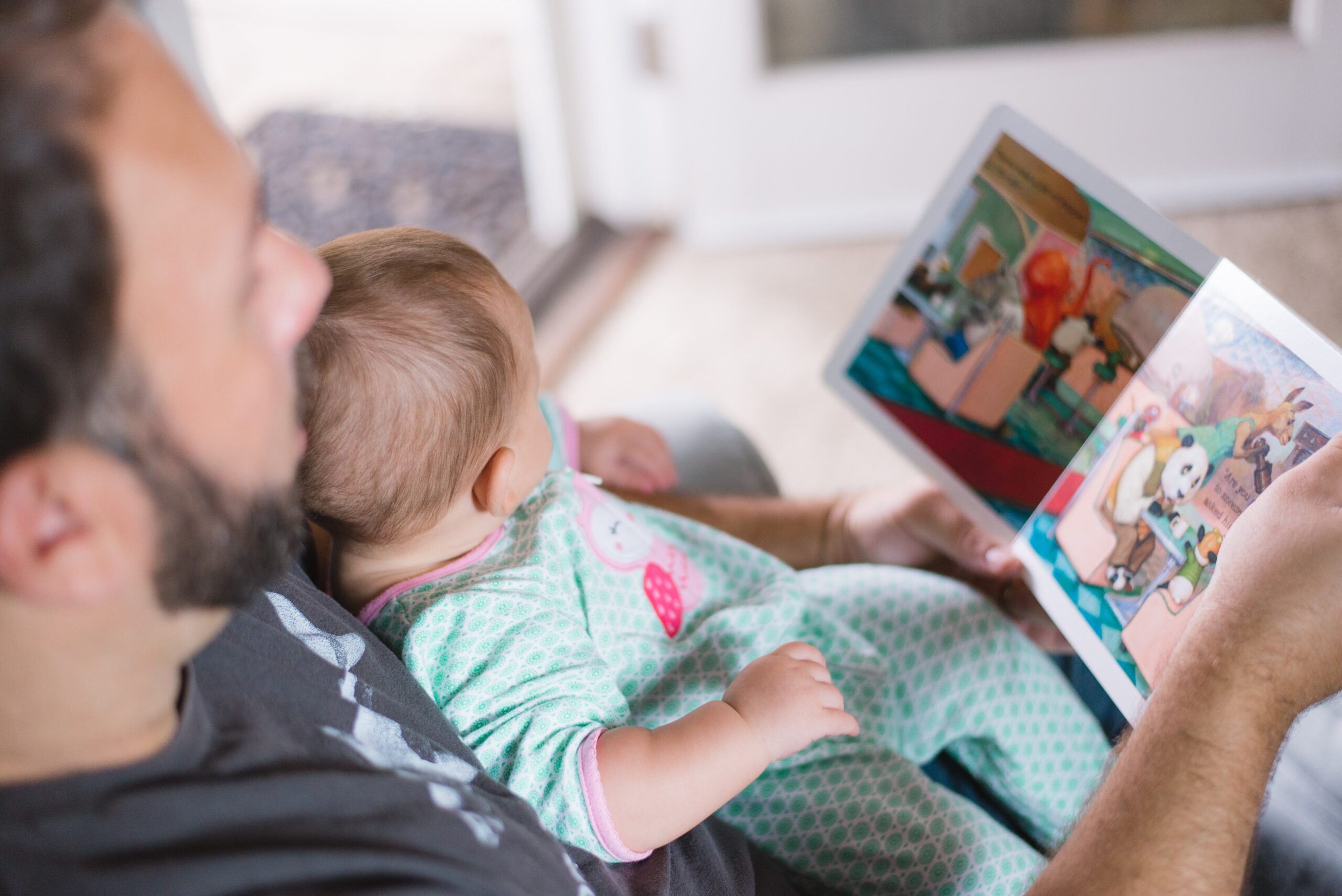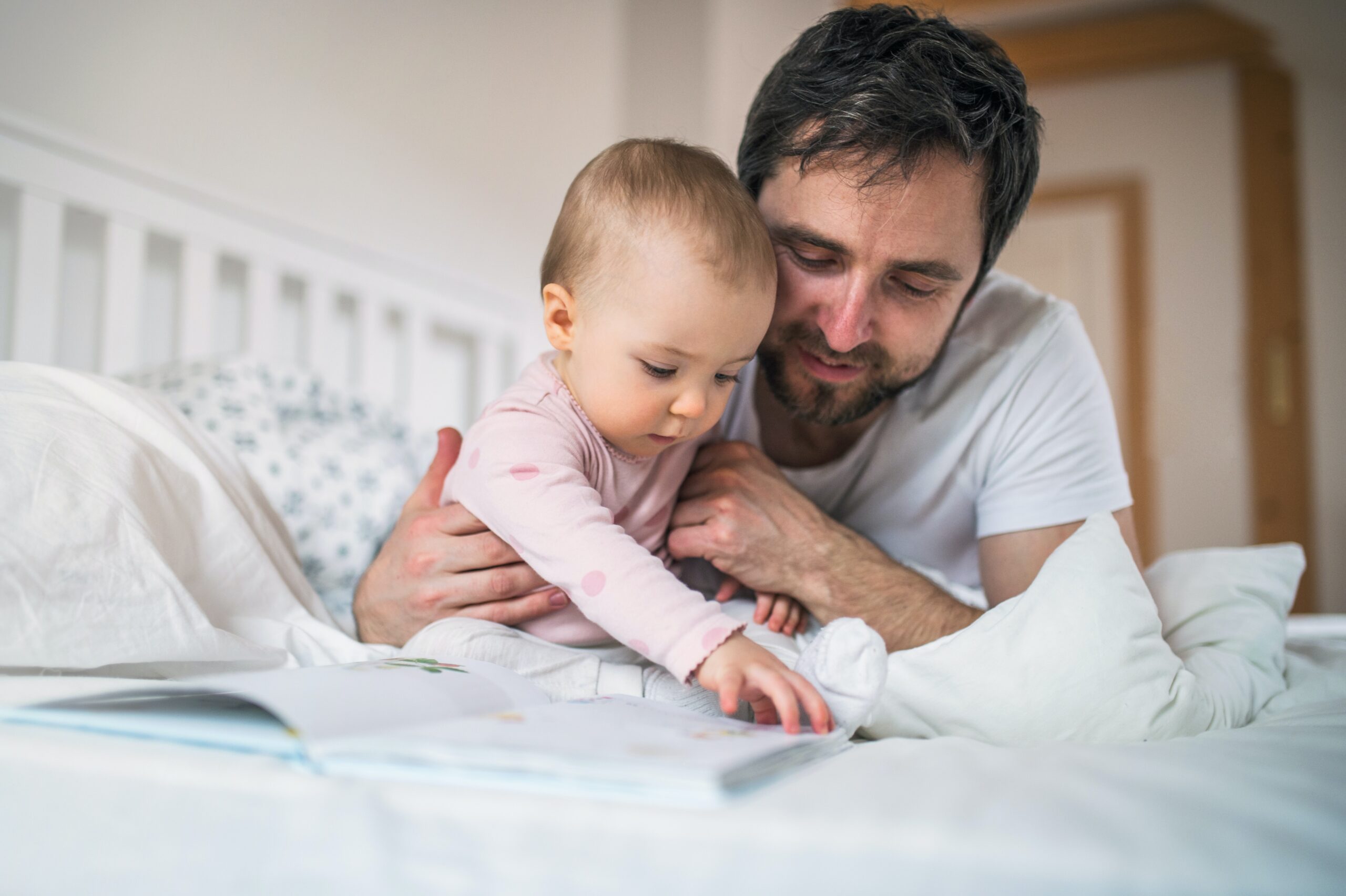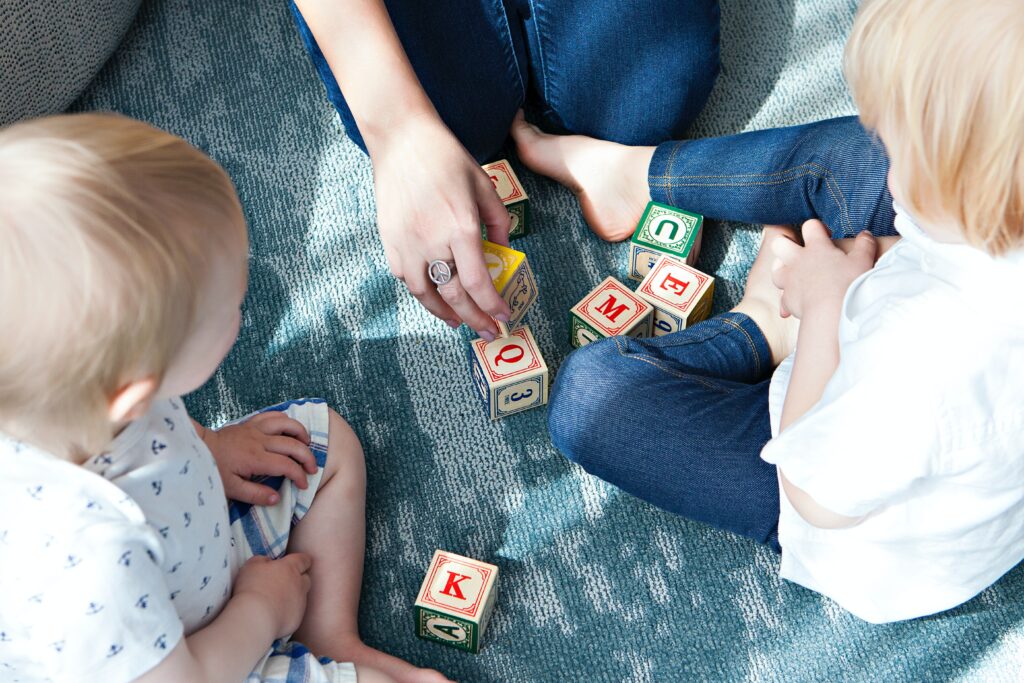
Won’t Daycare Help My Toddler Talk?
You hear it all the time-But don’t they need to be around other kids to socializing and learn to talk?
Here’s the thing. Children learn language through hearing language. That means the most important factor in helping children learn to talk is a responsive adult and a language rich environment, regardless of whether your child is at home or in daycare.
If you are looking into childcare, there are 3 main areas you want to pay attention to that impact on speech and language development. They are the providers, the environment, and the curriculum. Let’s break these down:
1) The Teacher:
Look for is someone that takes a genuine interest in your child. Beyond that, studies have shown that the biggest component of a childcare provider that will help your child learn language is their understanding of child development. That’s because providers who have a better understanding of development are more likely to understand how fine-tune their interactions towards the needs of the child. Teachers who follow a child’s lead, provide language models, and show respect and understanding towards what your child says will make the biggest impact on language development (just like these strategies will at do the same home)
Tip: You can inquire about your teacher’s background as well as the opportunities they have for continuing education on child development.
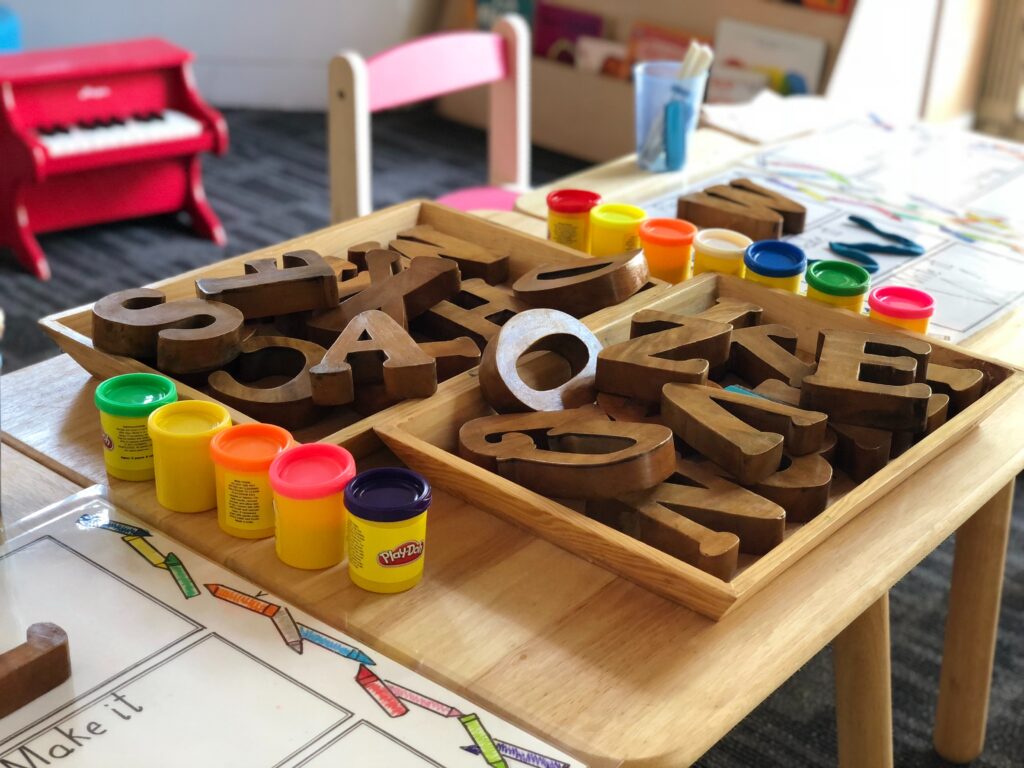
2) The Environment:
When looking at childcare options, look for a variety of toys and materials that encourage your child to use their imagination. Language and play are closely linked and materials that encourage rich play will also encourage rich language.
Children play what they know. By the age of two, children have a pretty good idea about what happens during familiar events such as eating going to the grocery store or getting ready for dinner. Look for toys and play areas that encourage children to build upon what they already know (such as playing “house”). This type of play actually encourages literacy because children act out events in play, the same way a story follows a sequence.
Research also shows that childcare facilities that have a literacy area with opportunities for your child to use tools such as crayons, paper, and books score higher on language and literacy tests. It’s not that we want them learning rote memorization of literacy concepts, but rather that they have the opportunities to explore and interact with these types of materials. When children have an opportunity to interact with written materials during play, such as pretending to write a grocery list and then going pretend “shopping,” they are gaining rich literacy experience that will set a strong foundation for reading and writing.
Tip: Look for centers that have toys and materials that represent familiar experiences as well as tools that are associated with literacy such as books, crayons, and paper.
A Note on Ratio:
Research suggests that smaller provider to child ratios led to better language development. A ratio 1 of 1:7 or less is recommended for toddlers and preschoolers and less for infants and babies.
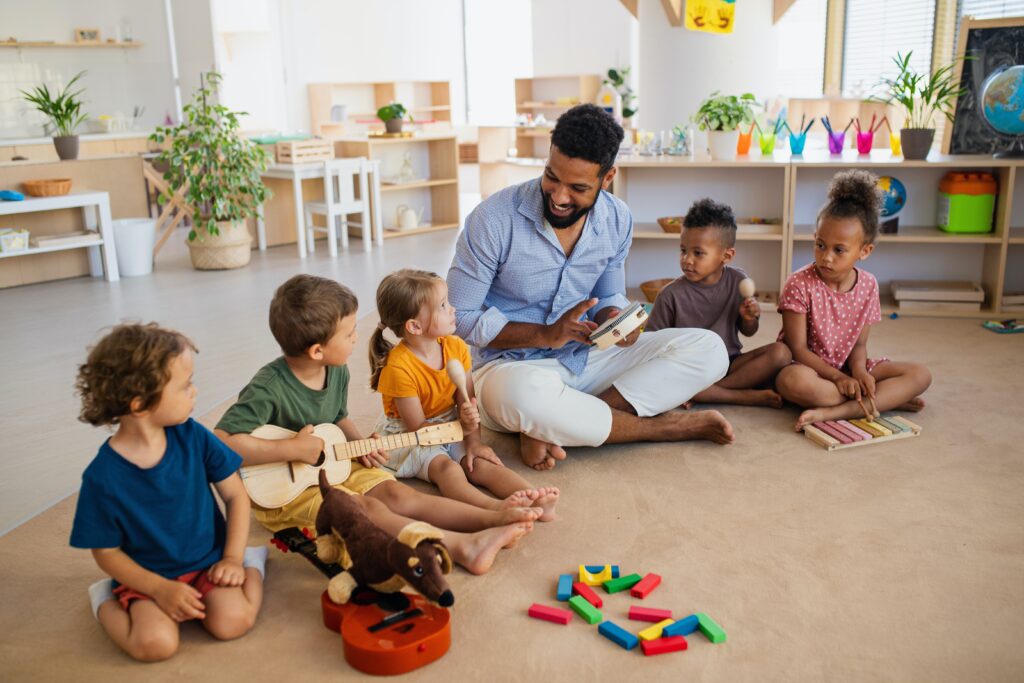
3) The Childcare Curriculum:
Curriculum refers to the activities provided. Research shows that direct-instruction curriculum where the teacher is presenting information in a traditional way, is the least effective with young children. That’s because that’s not how young children learn!
So what is effective? Research shows that children learn best through both child-initiated activities where they are exploring and guiding their own learn as well as adult guided activities, where the adult is offering support and expanding on what your child already knows. The best curriculum for language development that support children learning by capitalizing on teachable moments and allow for the flexibility to meet your child where they are.
The Takeaway:
The most important factor for language development is the quality of adult language stimulation. Whether your child is at home or in childcare, your child’s language development will be supported by a caring adult who understands language development and uses responsive strategies that meet your child where they are right now.
If you’re looking for ways to support your child’s language, at home, check out my online course for parents and discover how to help your toddler say more, get frustrated less, and off to the best start with speech, language, and learning.
References:
Apel, K., & Masterson, J. (2001). Beyond baby talk: From sounds to sentences: A parent’s complete guide to language development. Three Rivers Press.
